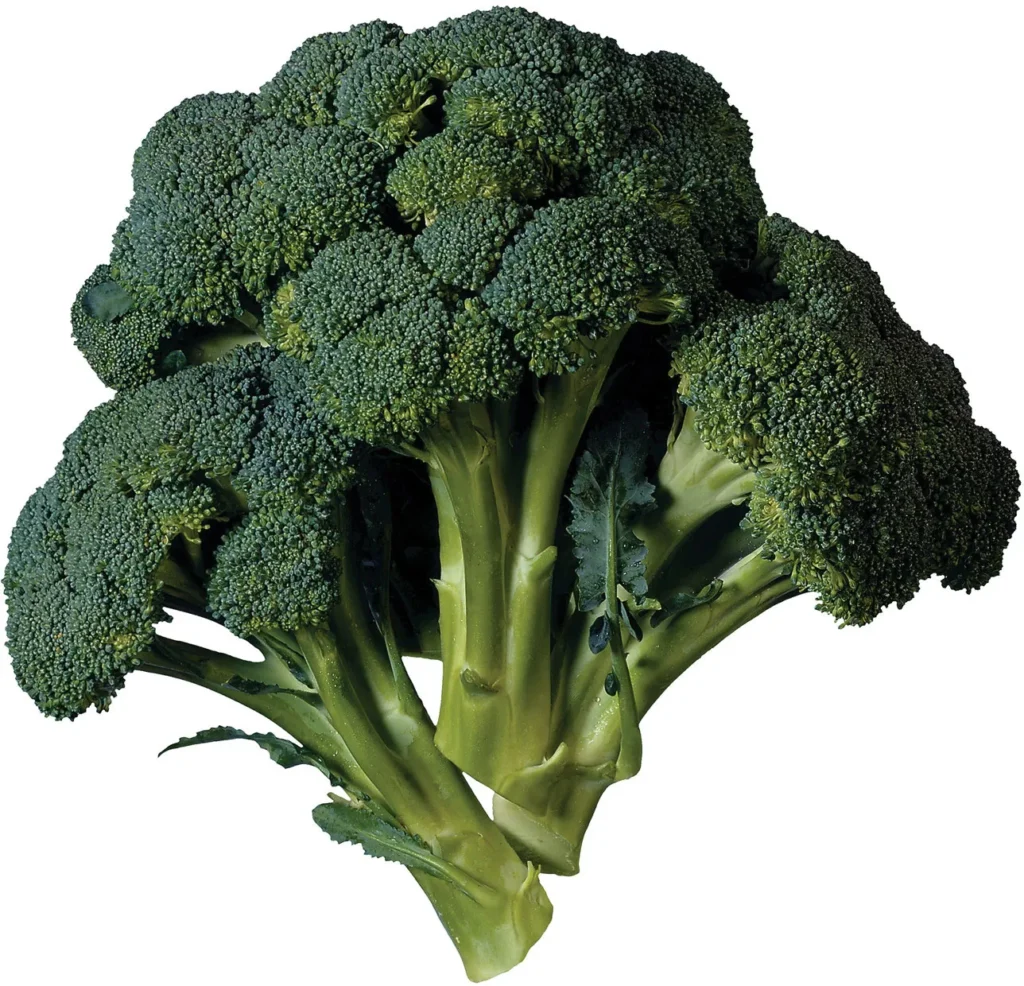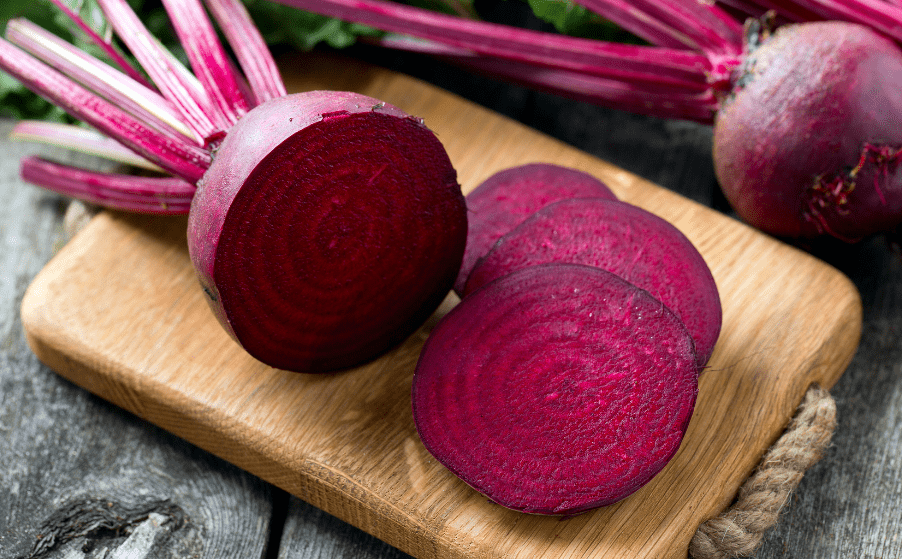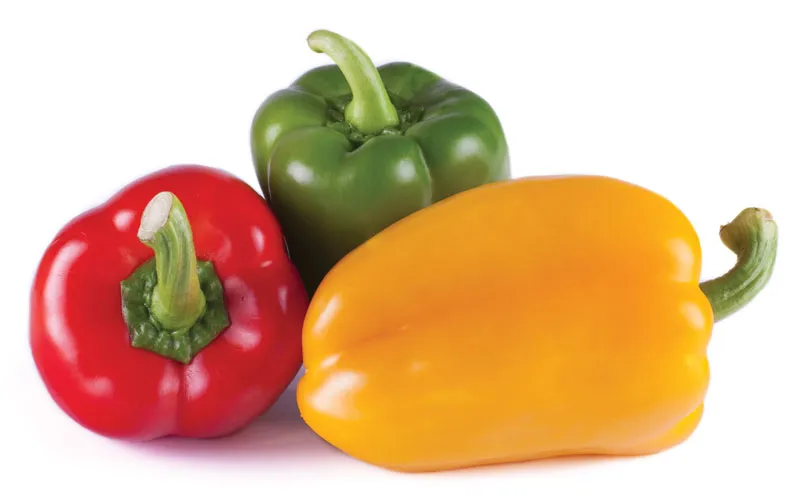
Description
Actually, the broccoli flower’s buds are the part that humans eat. The broccoli head would open into tiny, greenish-yellow flowers if unpicked. Although green broccoli predominates, there are several excellent and lovely purple kinds as well.
Varieties
Broccoli varieties comes in a range of different shapes, sizes, growth rates, and other characteristics, including:
‘Calabrese’: This variety grows nicely in the autumn and has huge heads.
This strain, called “Green Magic,” is heat-tolerant.
‘Green Goliath’: It also tolerates heat well and produces enormous heads.
“Flash”: This type is renowned for its comparatively rapid pace of growth.

Uses
In addition to being sautéed, steamed, boiled, or roasted, broccoli can also be served raw in salads or with dips.
Nutrition
Raw broccoli contains 34 calories per 100 g serving and is a good source of vitamins C (107% DV) and K (97% DV) (20% or more of the DV) (table). Several vitamins and the dietary mineral manganese are also present in raw broccoli in moderate concentrations (10–19% DV), although the quantity of other micronutrients is low (less than 10% DV). Broccoli in its raw state is 89% water, 7% carbohydrates and 3% protein.
Cultivation
The majority of broccoli varieties are cool-weather plants that struggle in the blazing heat of the summer. Broccoli prefers a daily temperature range of 64 to 73 °F. The central flower cluster, also referred to as a “head” of broccoli, usually has green flowers. Put garden shears or pruners about 25 mm from the tip and cut the head off. Broccoli should be harvested before the bright yellow blossoms on the head begin to bloom.
Table





